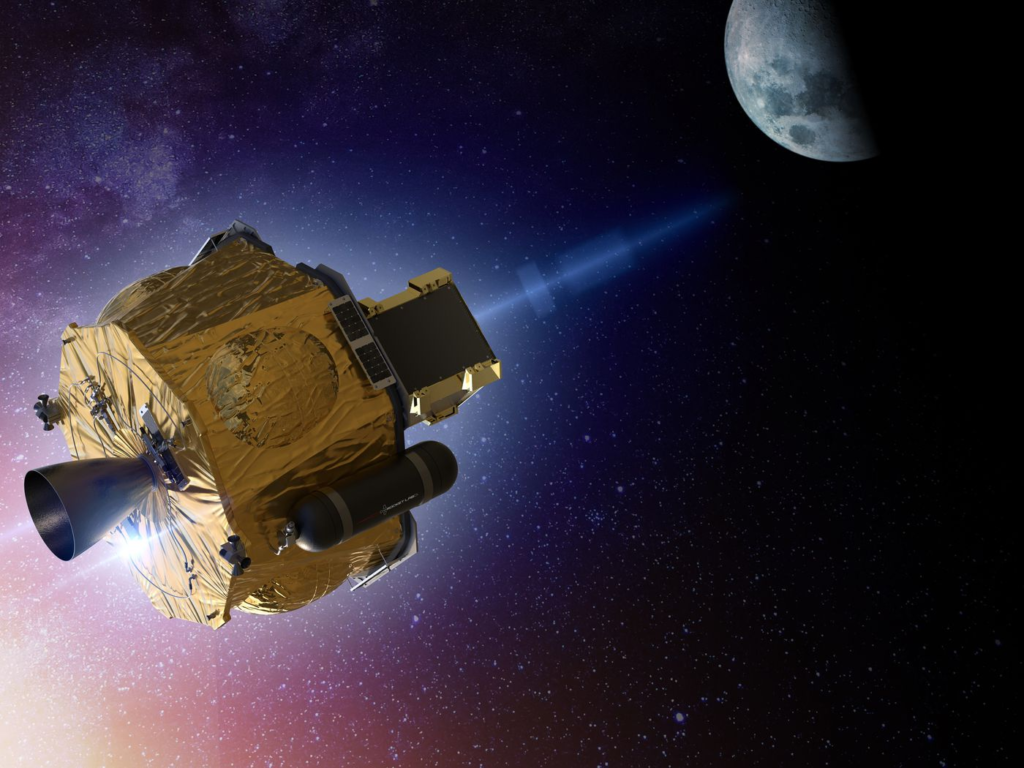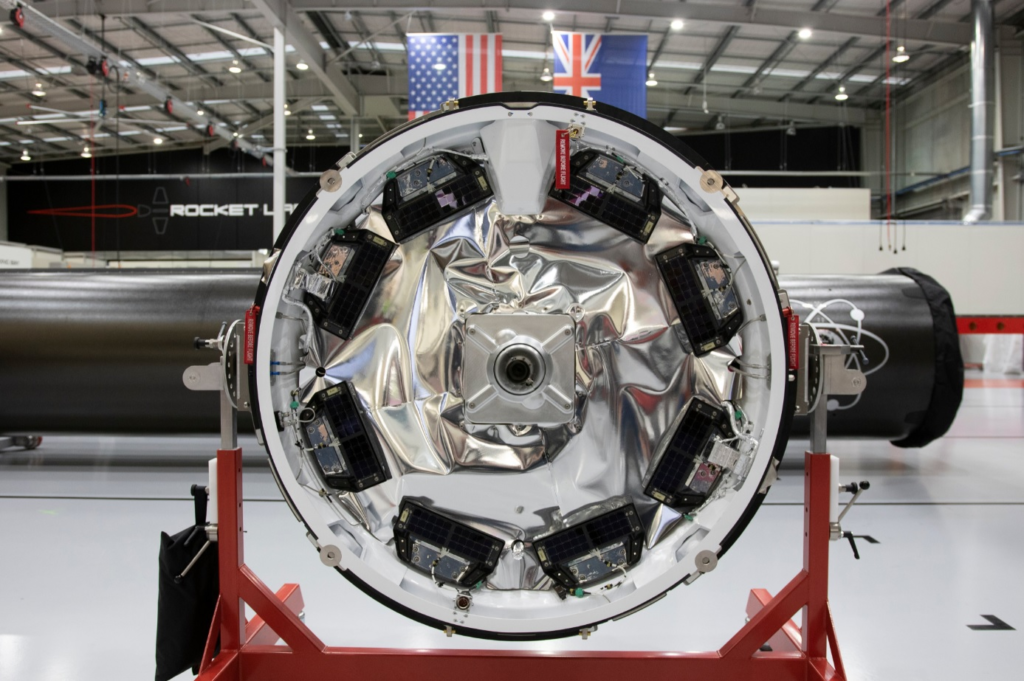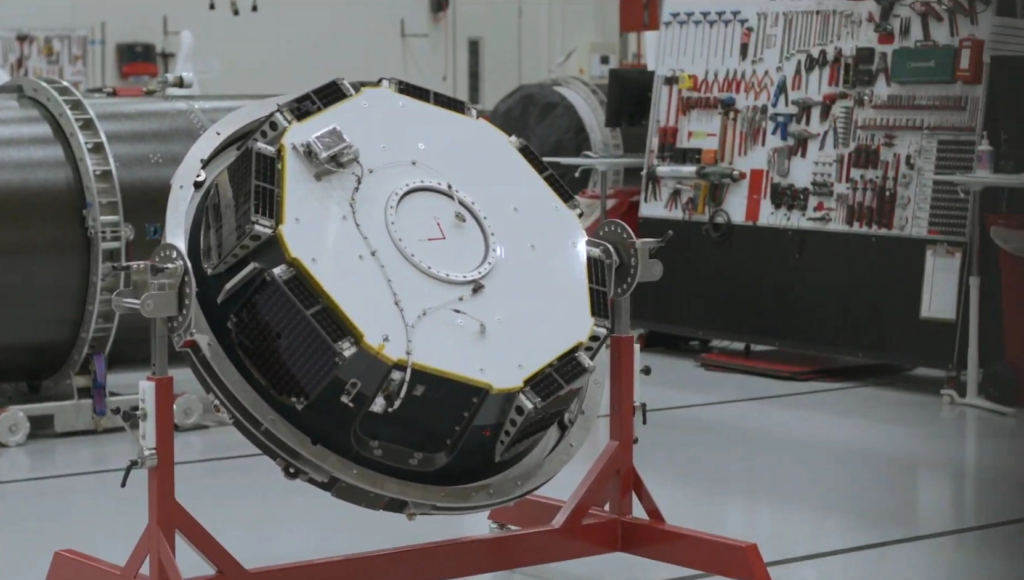
How Photon Evolved What Rocket Lab Is Capable Of
Over the past few years, Rocket Lab has managed to become one of the leading launch providers within the space industry. This progress has been especially impressive considering right now the only rocket the company utilizes is Electron, a small lift launch vehicle. However, thanks to the addition of Photon just over two years ago, Rocket Lab has managed to significantly increase Electron’s capabilities and opportunities with different customers.
Photon is a small spacecraft based on the heritage Electron launch vehicle Kick Stage. It acts as the third stage within Electron and has proven to be a big factor in the company’s recent missions. This especially is the case for upcoming launches to different planets within our solar system. Just a few days ago Rocket Lab gave an update on its plans to reach Venus with the help of Photon.
While Electron by itself is a very capable launch vehicle, the size of Photon when compared to the benefits it presents is extremely impressive. This along with some additional factors is why we are seeing it used more and more as time goes on. Here I will go more in-depth into some of the upcoming uses of Photon, what makes it so special, and more.
What Is Photon?

Photon is a configurable spacecraft meant for missions from low Earth orbit through to planetary destinations. The small spacecraft is based on Electron’s Kick Stage, leveraging numerous components that have significant flight heritage, including the Curie engine, an in-house designed and developed in-space propulsion system. It’s important to point out the relationship between Rocket Lab’s kick stage and the Photon spacecraft. Specifically, the company describes Photon as a high-performance evolution of the Kick Stage. This means that Photon is capable of doing what the kick stage offers with additional power and benefits.
Some examples include deorbiting, multiple orbits in the same mission, high-altitude orbits and de-orbit burns, hosted payloads, and more. However, the area where Photon really shines is extended missions. For missions that require extended payload support on orbit, or for missions exceeding 2,000 km to MEO, lunar, or interplanetary destinations, Photon takes the stage. Photon is a configurable, modular spacecraft designed to accommodate a variety of payloads and instruments without significant redesign. Photon is equipped with radiation-tolerant avionics, deep space-capable communications and navigation technology, and high-performance space-storable propulsion capable of multiple restarts on orbit. With the capacity to both host an external payload and perform secondary mission objectives as a separate operational spacecraft, Photon has been designed for dedicated missions or as a rideshare option without the programmatic complexity, expanded cost, and schedule risk typically experienced when launching with a medium or heavy lift launch vehicle. In addition, Photon flies as the upper stage of Electron, eliminating the parasitic mass of deployed spacecraft and enabling full utilization of the fairing. This is an especially important feature when used on a small lift launch vehicle as space within the fairings can often be a limiting factor.
Looking at the spacecraft’s history shows off how big of a role it has played over the past few years. Around two years ago in September 2020, Rocket Lab launched its first in-house designed and built Photon satellite. The satellite, named ‘First Light’, was the first spacecraft from Rocket Lab’s family of configurable Photon satellites to be deployed to orbit. Launched as a technology demonstration, ‘First Light’ built upon the existing capabilities of the Electron launch vehicle’s Kick Stage with additional subsystems to enable long duration satellite operations. This pathfinding mission was an initial demonstration of the new power management, thermal control and attitude control subsystem capabilities. Approximately 60 minutes after lift-off, Electron deployed a 100 kg microsatellite for Capella Space, an action that would typically signal the successful completion of a standard Rocket Lab mission. However, shortly after deploying the customer payload, Rocket Lab conducted an entirely new operation for the first time: Rocket Lab engineers sent a command to transition the Kick Stage into Photon satellite mode. This action marked the first on-orbit demonstration of Rocket Lab’s Photon satellite as a two-in-one spacecraft, first using it to complete its conventional launch vehicle function to deploy customer satellites, then transitioning into a satellite to continue a standalone mission.
At the time of this announcement, CEO of Rocket Lab Peter Beck said, “We started with launch and solved it, releasing small satellites from the time and orbit constraints experienced when flying on larger launch vehicles. Now we’ve simplified satellites too. “Launching the first Photon mission marks a major turning point for space users – it’s now easier to launch and operate a space mission than it has ever been. When our customers choose a launch-plus-spacecraft mission with Electron and Photon, they immediately eliminate the complexity, risk, and delays associated with having to build their own satellite hardware and procure a separate launch.”
Since this launch, we have watched Rocket Lab move towards even more ambitious missions using the spacecraft. One of the most notable and recent examples was CAPSTONE. Specifically, on June 28, 2022 Rocket Lab launched the CAPSTONE spacecraft for NASA and Advanced Space. The purpose of this mission was to verify the calculated orbital stability of a Near Rectilinear Halo Orbit around the Moon, the same orbit planned for Gateway. In terms of the launch itself, Rocket Lab used both Electron and a lunar Photon to deliver the payload to its destination over 200,000 miles away. It began around nine minutes after lift-off when Electron’s second stage separated from Photon, placing the spacecraft bus and its CAPSTONE payload into an initial low Earth orbit at an altitude of 165km. From here, Photon performed multiple orbit raising maneuvers, stretching its orbit into a prominent ellipse around Earth. Finally, six days after launch, Photon completed a final burn before releasing CAPSTONE and sending the payload on a trajectory for the Moon. This mission was a massive success for Rocket Lab and demonstrated what Photon was capable of.
Future Applications

While Photon has already been a part of some impressive missions, Rocket Lab has no plan of slowing down. As of right now, there are a few missions already set in place using the spacecraft to reach distant planets within our solar system. One example is an upcoming mission to Venus. Just yesterday the company tweeted saying, “We’re working with scientists at @MIT to hunt for life on Venus with our Photon spacecraft.” Back in September 2020, scientists at MIT and Cardiff University announced they had observed what may be signs of life in the clouds of our planetary neighbor, Venus. Their observations indicated the potential presence of phosphine, a gas typically produced by living organisms. In 2023, Rocket Lab is sending the first private mission to Venus to help gather further evidence by searching for organic chemicals in the clouds. The goal, using an Electron launch vehicle and Photon spacecraft, is to send a probe to around 30 miles’ altitude, where Venus’ atmospheric conditions are closer to those found on Earth. Over the past few weeks, Rocket Lab has been providing more updates on this mission and what to expect.
However, this is just one exciting example of Photon’s future. In addition to this mission to Venus, the company is planning to send two Photon spacecraft to Mars. Just over a year ago, Rocket Lab announced it will begin final mission design and commence manufacturing two interplanetary Photon spacecraft for a science mission to Mars, delivering Decadal-class science at a fraction of the cost of typical planetary missions. The Escape and Plasma Acceleration and Dynamics Explorers (ESCAPADE) mission will orbit two Rocket Lab-built Photon spacecraft around Mars to understand the structure, composition, variability, and dynamics of Mars’ unique hybrid magnetosphere. The mission will also support crewed exploration programs like Artemis through improved solar storm prediction. Following deployment from a NASA-provided commercial launch vehicle, the pair of Photons will conduct an 11-month interplanetary cruise before inserting themselves into elliptical orbits around Mars to begin the science phase. At the time Peter Beck highlighted, “ESCAPADE is an innovative mission that demonstrates that advanced interplanetary science is now within reach for a fraction of traditional costs, and we’re proud to make it possible with Photon.” These are just a few examples of some exciting missions coming up that utilize the Photon spacecraft.
Conclusion
Rocket Lab has managed to become a very impressive company within the space industry. Technology like Photon is a great example of Rocket Lab pushing the boundaries and moving forward toward greater things. We will have to wait and see how it progresses and the impact it has on the space industry.
